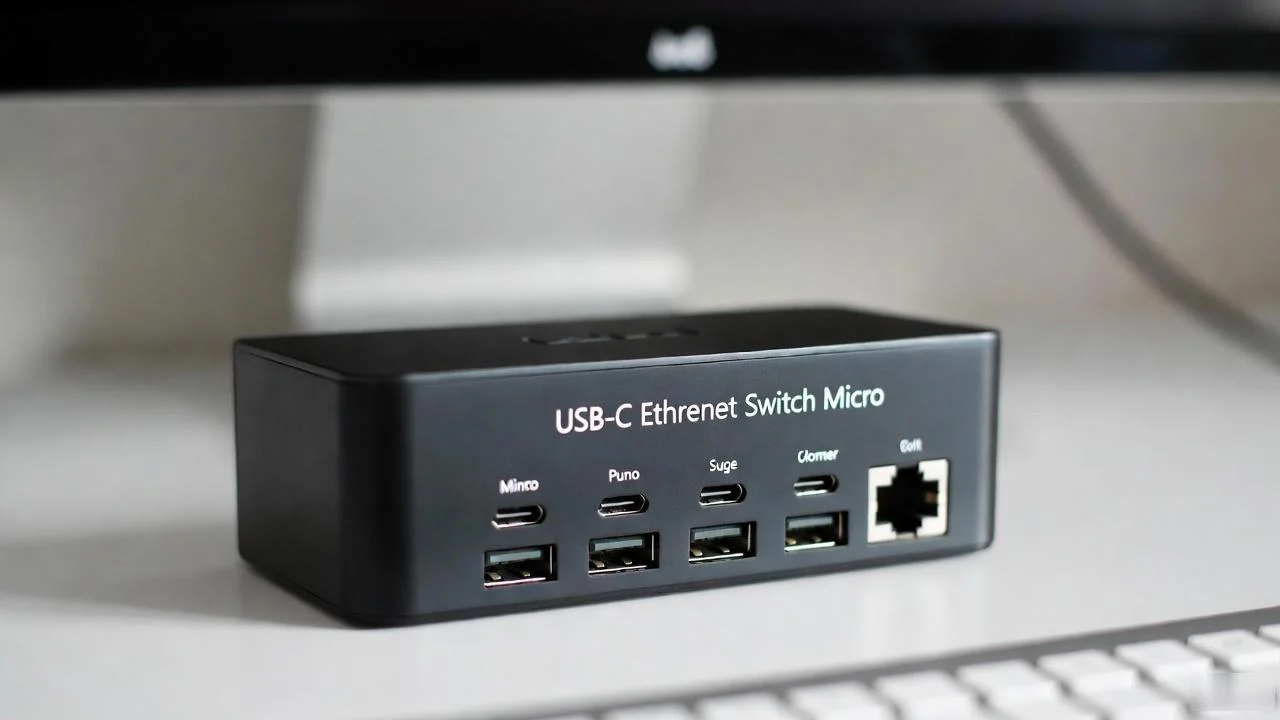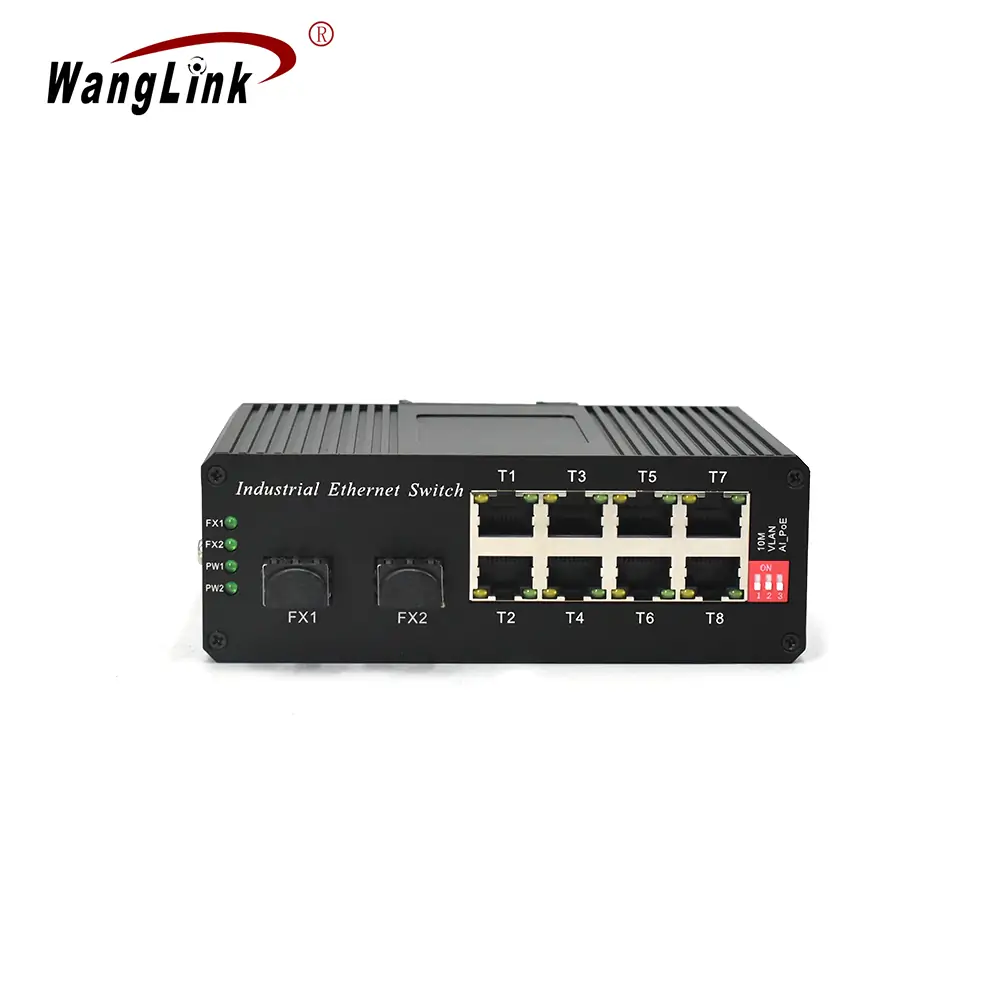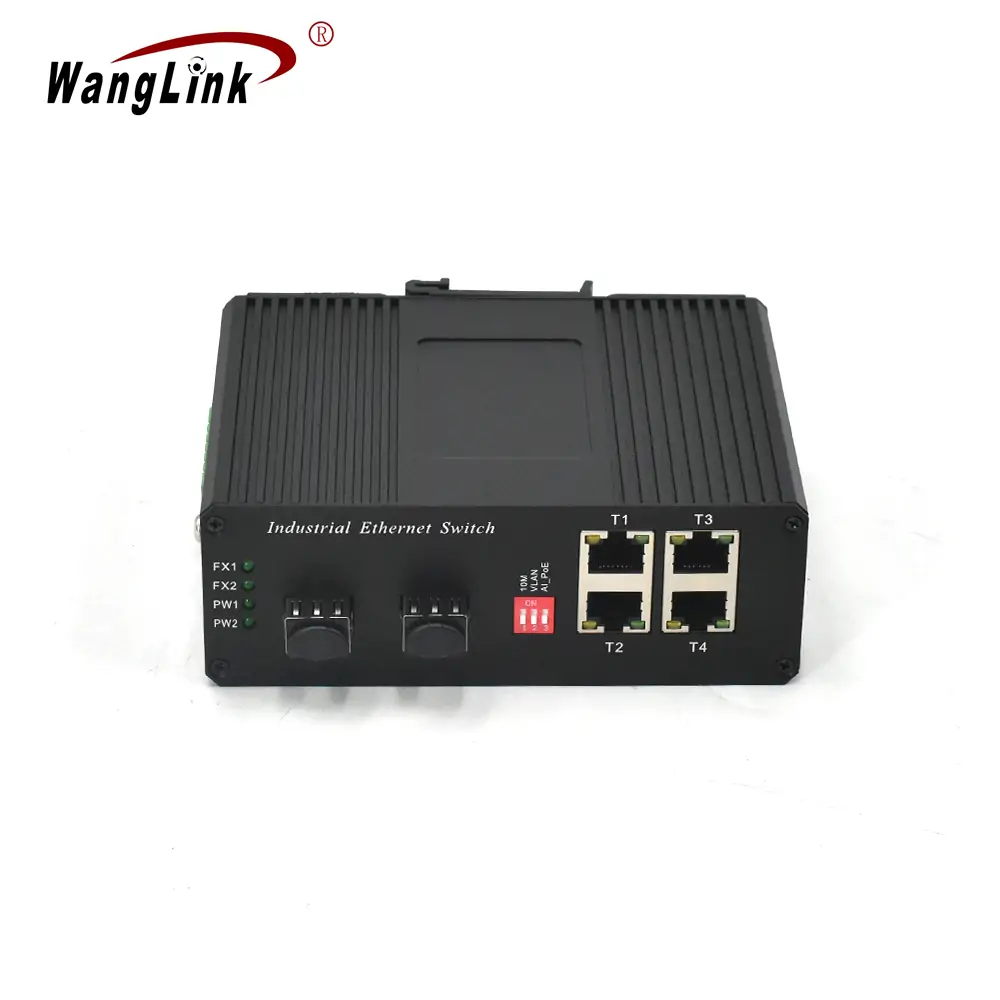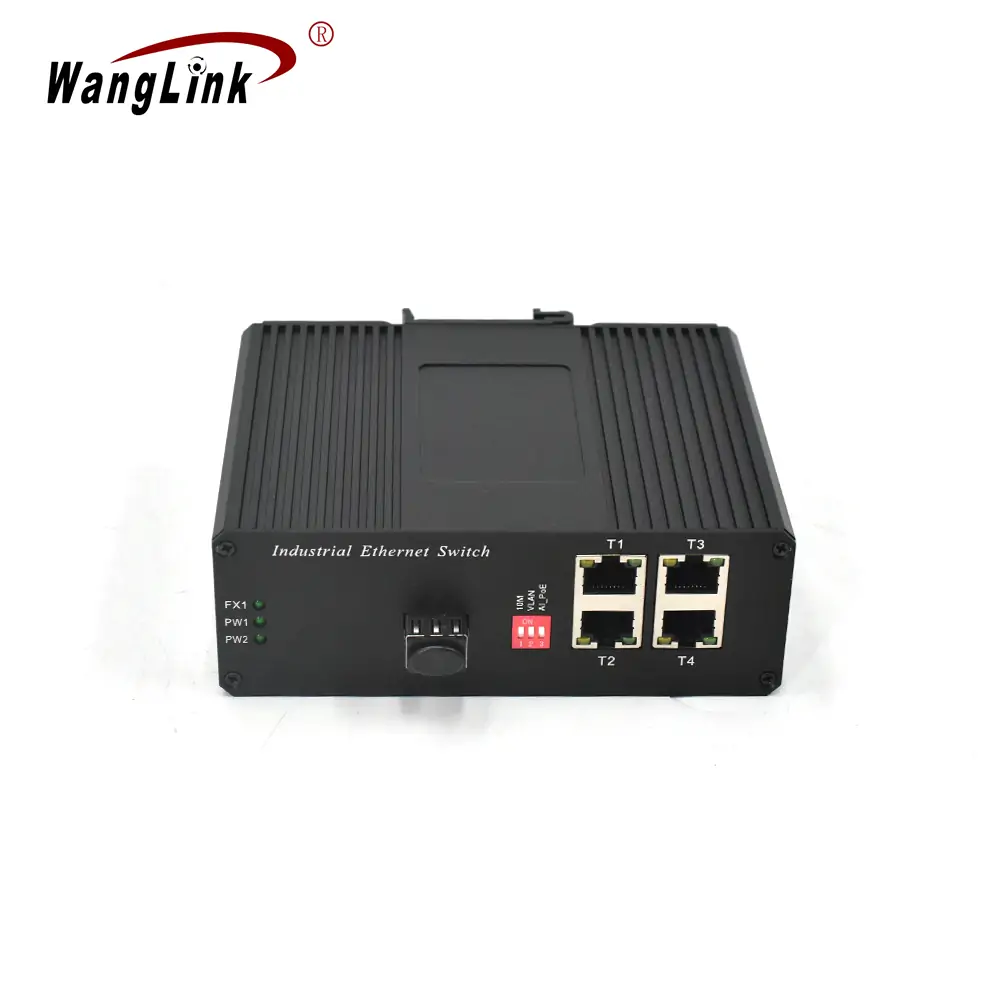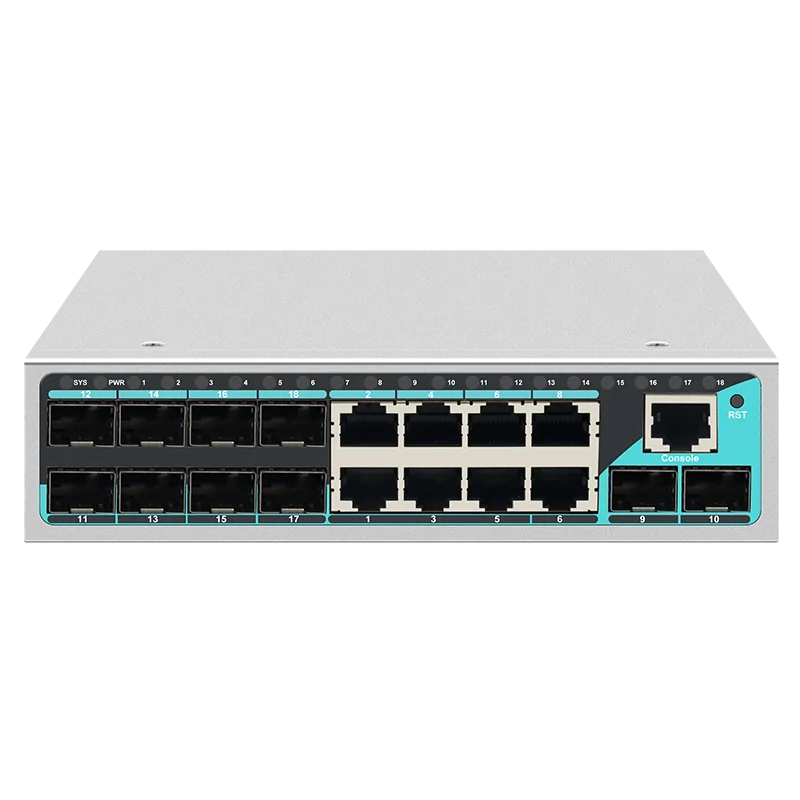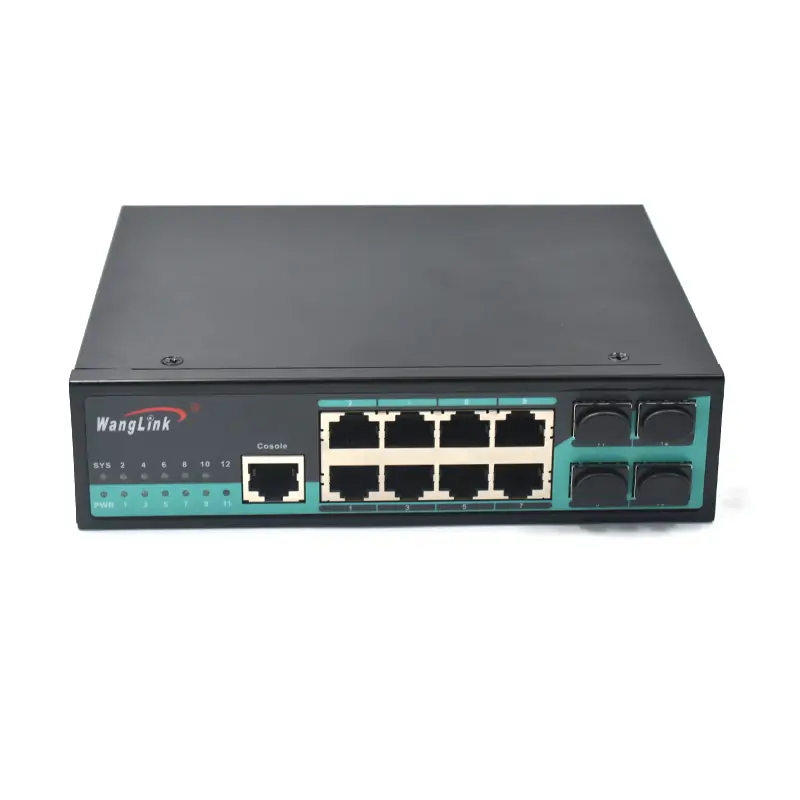Introduction to USB-C Ethernet Switch Micro Technology
The evolution of networking technology has led to increasingly compact and versatile solutions, with usb-c ethernet switch micro devices representing the pinnacle of portable networking innovation. These miniaturized switches combine the universal connectivity of USB-C with traditional ethernet switching capabilities, creating powerful networking solutions that fit in the palm of your hand.
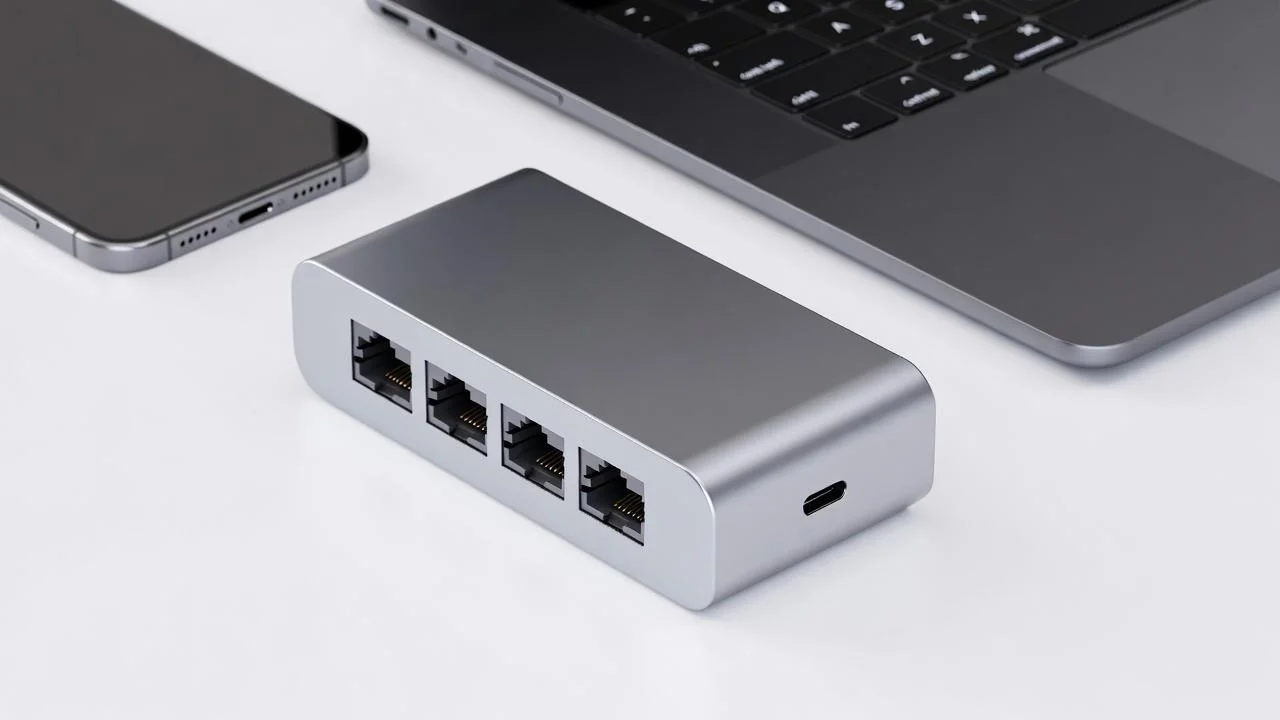
Modern professionals and businesses increasingly require flexible networking solutions that can adapt to various environments, from traditional office settings to remote work locations and mobile deployments. USB-C ethernet switch micro devices address these needs by providing enterprise-grade networking capabilities in an ultra-portable package.
Understanding USB-C Ethernet Switch Micro Architecture
Core Components and Design Philosophy
The architecture of a USB-C ethernet switch micro involves several critical components working in harmony:
Switching Fabric: The heart of any ethernet switch, responsible for packet forwarding and traffic management. In micro switches, this component is highly optimized for power efficiency and heat dissipation.
USB-C Interface Controller: Manages the USB-C connection, handling power delivery, data transmission, and protocol negotiation with host devices.
Port Management System: Controls individual ethernet ports, managing link status, speed negotiation, and traffic prioritization.
Power Management Unit: Optimizes power consumption across all components, ensuring reliable operation within USB-C power constraints.
Technical Specifications Comparison
| Feature | Standard Micro Switch | USB-C Enhanced Model | Industrial Grade |
|---|---|---|---|
| Port Count | 4-5 ports | 3-4 ports + USB-C | 5-8 ports |
| Power Consumption | 2-3W | 3-5W | 5-8W |
| Switching Capacity | 1-2 Gbps | 2-5 Gbps | 10-20 Gbps |
| Operating Temperature | 0°C to 40°C | -10°C to 50°C | -40°C to 85°C |
| Dimensions (mm) | 80x50x15 | 90x55x18 | 120x80x25 |
| USB-C Power Delivery | N/A | 15-60W | 60-100W |
| Management Interface | Unmanaged | Web/CLI | SNMP/Web/CLI |
Applications and Use Cases
Professional and Enterprise Environments
USB-C ethernet switch micro devices excel in various professional scenarios:
Remote Work Setups: Enable reliable wired connections for home offices where WiFi may be unreliable or insufficient for bandwidth-intensive applications.
Conference Rooms: Provide instant network expansion for meeting spaces, allowing multiple devices to connect without complex infrastructure modifications.
Temporary Installations: Support pop-up offices, trade shows, and temporary workspaces where permanent networking infrastructure isn’t available.

Industrial and IoT Applications
The compact nature of USB-C ethernet switch micro devices makes them ideal for:
- IoT Device Networks: Connecting multiple sensors and controllers in manufacturing environments
- Digital Signage: Managing networked displays and media players in retail environments
- Security Systems: Integrating IP cameras and access control systems
- Building Automation: Connecting HVAC, lighting, and environmental monitoring systems
Educational and Research Facilities
Educational institutions benefit from micro ethernet switches through:
- Laboratory Networks: Providing flexible connectivity for research equipment
- Classroom Technology: Supporting interactive whiteboards, projectors, and student devices
- Library and Study Areas: Enabling wired connections in spaces with limited infrastructure
Case Study: TechStart Solutions Implementation
Background and Challenge
TechStart Solutions, a growing software development company with 50 employees, faced significant networking challenges when transitioning to a hybrid work model. Their existing infrastructure couldn’t support the flexible connectivity requirements of their distributed workforce.
Key Challenges:
- Inconsistent network performance in home offices
- Need for reliable connections during client presentations
- Limited IT budget for infrastructure upgrades
- Requirement for easy deployment and management
Solution Implementation
Working with Wanglink, TechStart Solutions deployed a comprehensive USB-C ethernet switch micro solution:
Phase 1: Assessment and Planning
- Network audit of existing infrastructure
- Analysis of remote work connectivity requirements
- Selection of appropriate micro switch models
Phase 2: Deployment Strategy
- Distribution of USB-C ethernet switch micro devices to remote employees
- Configuration of centralized management protocols
- Training sessions for IT staff and end users
Phase 3: Performance Optimization
- Monitoring network performance across all locations
- Fine-tuning switch configurations for optimal performance
- Implementation of security protocols and access controls
Results and Benefits
The implementation delivered measurable improvements:
| Metric | Before Implementation | After Implementation | Improvement |
|---|---|---|---|
| Network Downtime | 15 hours/month | 2 hours/month | 87% reduction |
| Connection Speed | Variable (10-50 Mbps) | Consistent 100 Mbps | 100% reliability |
| Setup Time | 2-3 hours | 15 minutes | 90% reduction |
| User Satisfaction | 6.2/10 | 9.1/10 | 47% increase |
| IT Support Tickets | 45/month | 8/month | 82% reduction |
Advanced Features and Capabilities
Power over Ethernet (PoE) Integration
Modern USB-C ethernet switch micro devices increasingly incorporate PoE capabilities, enabling:
PoE+ Support: Delivering up to 30W per port for high-power devices like PTZ cameras and wireless access points.
Smart Power Management: Automatically detecting device power requirements and optimizing power distribution across all connected devices.
Power Budget Monitoring: Real-time tracking of power consumption to prevent overload conditions.
Quality of Service (QoS) Management
Advanced micro switches offer sophisticated QoS features:
- Traffic Prioritization: Ensuring critical applications receive necessary bandwidth
- VLAN Support: Segmenting network traffic for security and performance optimization
- Bandwidth Limiting: Controlling individual port bandwidth to prevent network congestion
- Storm Control: Protecting against broadcast and multicast storms

Security Features
Enterprise-grade security capabilities include:
Access Control Lists (ACLs): Defining granular access policies for network resources.
Port Security: Limiting device access based on MAC addresses and authentication protocols.
DHCP Snooping: Preventing unauthorized DHCP servers and protecting against network attacks.
802.1X Authentication: Implementing network access control based on user credentials and device certificates.
Selection Criteria and Best Practices
Performance Requirements Assessment
When selecting a USB-C ethernet switch micro device, consider:
Bandwidth Requirements: Calculate total bandwidth needs based on connected devices and applications.
Port Density: Determine the optimal number of ports for current and future expansion needs.
Power Budget: Assess total power requirements for PoE devices and ensure adequate power delivery capacity.
Environmental Conditions: Consider operating temperature, humidity, and physical space constraints.
Compatibility Considerations
Ensure compatibility across multiple dimensions:
- USB-C Host Compatibility: Verify support for various laptop and device models
- Operating System Support: Confirm driver availability for Windows, macOS, and Linux
- Network Protocol Support: Validate compatibility with existing network infrastructure
- Management Software Integration: Ensure compatibility with existing network management tools
Installation and Configuration Best Practices
Physical Installation:
- Position switches in well-ventilated areas to prevent overheating
- Use appropriate cable management to maintain organization
- Implement proper grounding and surge protection
- Document all connections and configurations
Network Configuration:
- Implement consistent naming conventions for devices and ports
- Configure appropriate VLANs for traffic segmentation
- Set up monitoring and alerting for proactive maintenance
- Establish backup and recovery procedures
Wanglink’s USB-C Ethernet Switch Micro Solutions
As a leading ethernet switch manufacturer with over 13 years of experience, Wanglink offers comprehensive USB-C ethernet switch micro solutions tailored to diverse industry needs. Our customization services enable businesses to develop specialized networking solutions that meet specific requirements.
Product Portfolio Highlights
WL-USB-C-SW4: 4-port gigabit switch with USB-C connectivity and PoE+ support
WL-USB-C-SW8: 8-port managed switch with advanced QoS and security features
WL-USB-C-IND: Industrial-grade switch designed for harsh environmental conditions
Manufacturing Excellence
Our state-of-the-art manufacturing facilities ensure:
- Quality Assurance: Rigorous testing protocols for all products
- Scalable Production: Capacity to meet large-volume requirements
- Rapid Prototyping: Quick turnaround for custom development projects
- Global Compliance: Certifications for international markets
For detailed product specifications and custom solutions, visit our products page or contact our technical team at [email protected].
Future Trends and Innovations
Emerging Technologies
The USB-C ethernet switch micro market continues to evolve with several key trends:
USB4 Integration: Next-generation USB standards offering higher bandwidth and improved power delivery capabilities.
AI-Powered Management: Machine learning algorithms for predictive maintenance and automated optimization.
Edge Computing Support: Enhanced processing capabilities for local data analysis and decision-making.
Sustainability Focus: Energy-efficient designs and environmentally responsible manufacturing processes.
Market Projections
Industry analysts project significant growth in the micro networking switch market:
- Market Size: Expected to reach $2.8 billion by 2027
- Growth Rate: Compound annual growth rate of 12.5%
- Key Drivers: Remote work adoption, IoT expansion, and edge computing requirements
Frequently Asked Questions (FAQ)
Q: What is the maximum power delivery capability of USB-C ethernet switch micro devices?
A: Most USB-C ethernet switch micro devices support power delivery ranging from 15W to 100W, depending on the specific model and USB-C standard implementation. Higher-end models can deliver up to 100W while maintaining full switching functionality.
Q: Can USB-C ethernet switches work with non-USB-C devices?
A: Yes, USB-C ethernet switches can work with any device that has ethernet connectivity. The USB-C connection is typically used for power and management, while the ethernet ports provide standard RJ45 connectivity for all network devices.
Q: How many devices can be connected to a USB-C ethernet switch micro?
A: The number of connected devices depends on the specific switch model. Most micro switches offer 4-8 ethernet ports, allowing connection of multiple devices. However, the total bandwidth is shared among all connected devices.
Q: Are USB-C ethernet switch micro devices suitable for industrial applications?
A: Yes, many manufacturers offer industrial-grade USB-C ethernet switch micro devices designed for harsh environments. These models feature extended temperature ranges, ruggedized enclosures, and enhanced EMI/EMC protection.
Q: What management options are available for USB-C ethernet switches?
A: Management options vary by model, ranging from unmanaged plug-and-play devices to fully managed switches with web interfaces, CLI access, and SNMP support. Advanced models offer cloud-based management and mobile applications.
Q: How do I troubleshoot connectivity issues with USB-C ethernet switches?
A: Common troubleshooting steps include checking cable connections, verifying power delivery, updating device drivers, and reviewing switch configuration settings. Most managed switches provide diagnostic tools and status indicators to assist with troubleshooting.
Q: Can USB-C ethernet switches support PoE devices?
A: Many USB-C ethernet switch micro models include PoE support, enabling power delivery to compatible devices like IP cameras, wireless access points, and VoIP phones. Check the specific model’s PoE budget and per-port power capabilities.
Q: What is the typical lifespan of a USB-C ethernet switch micro device?
A: High-quality USB-C ethernet switch micro devices typically have a lifespan of 5-10 years under normal operating conditions. Factors affecting lifespan include environmental conditions, usage patterns, and build quality.
For more information about Wanglink’s USB-C ethernet switch micro solutions, visit our knowledge base or contact our experts at WhatsApp: +8613544167258.
